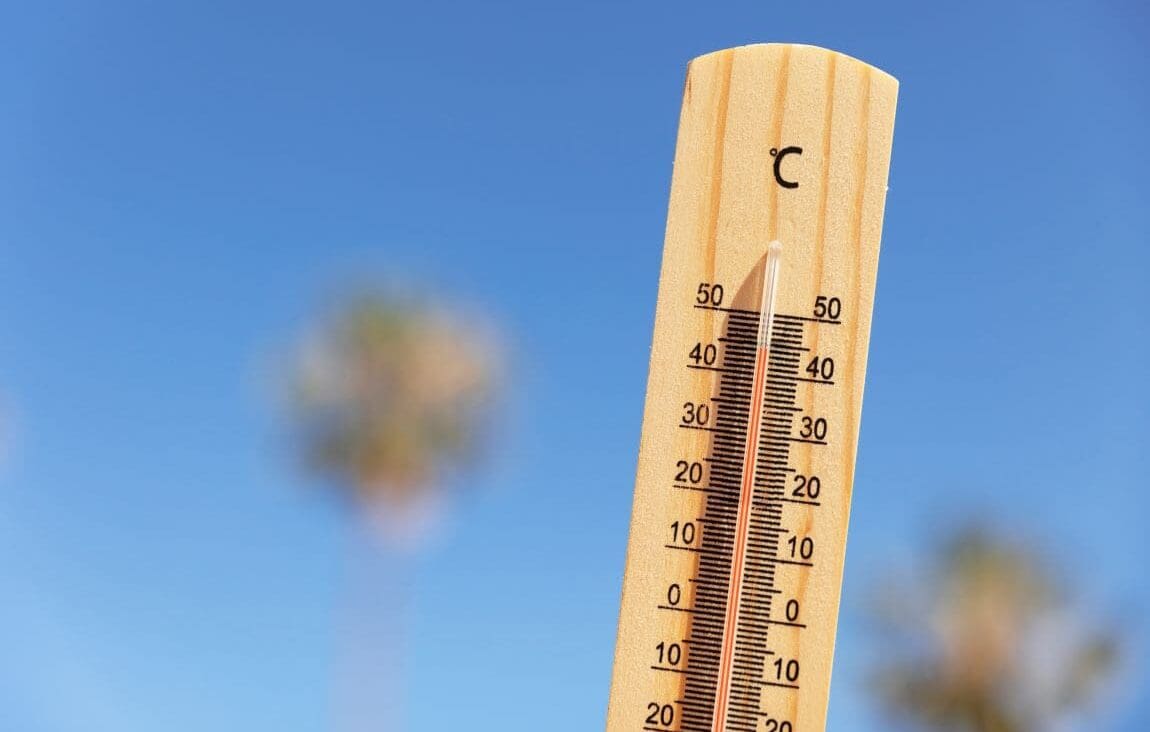NC State – As climate attribution studies have become more common, routine processes are now being established for attribution analysis following extreme events.
When extreme weather events occur, can we tell if they’re directly attributable to climate change?
A new study used the 2023 heat wave in Texas and Louisiana as a test case for establishing processes that tease out whether particular weather events are climate related.
“Our main goal with this project is to be able to tell communities that are affected by extreme weather events whether they will continue to see more events like this in the future,” says Carl Schreck, senior research scientist with North Carolina State University’s North Carolina Institute for Climate Studies (NCICS). “Getting this information to them in a timely manner will help them make informed decisions about hardening infrastructure or rebuilding after a weather event.”
Schreck and a team of scientists from NC State, the National Oceanic and Atmospheric Administration (NOAA), the University of Colorado, Boulder and Princeton University set out to establish a routine process for evaluating extreme weather events.
The test case for the study, published in in Environmental Research: Climate, was an extreme heat wave that occurred in Texas and Louisiana in 2023. The event was notable for its duration – it lasted almost the entire summer. Most heat wave measurement metrics are designed for events that last three to seven days.
“The other interesting piece of this event is that it occurred within the daytime warming hole,” Schreck says. “The warming hole refers to an area in the central U.S. where temperatures have not warmed at the same rate that we see over most other places. This is because increased precipitation there has kept afternoon temperatures from warming.”
The scientists used a two-step process to determine whether the heat wave was an anomaly or part of a new pattern. First, they took historical data from heat monitoring stations across the U.S. from the past 100 years to see how unusual 2023 was. Then they compared that data with the frequency of heat waves in both past and present predictive computer models.
Comparing those predictive models can indicate whether climate change is playing a role in the event.
“A similar drought wouldn’t have been as hot 50 years ago,” Schreck says. “That tells us the heat wave is directly related to climate change and that we will see even hotter heat waves in the future.”
Now that these methods have been established, the researchers plan to use them to determine the role of climate change in future heat waves.
***
The work was supported by NOAA’s Climate Program Office and the U.S. Department of Commerce. David Coates and John Uehling, research associates at NCICS, and NC State research professors Xiangdong Zhang and Kenneth Kunkel are co-authors. David R. Easterling and Russell S. Vose, NOAA/National Centers for Environmental Information; Joseph J. Barsugli, University of Colorado Boulder; Andrew Hoell, NOAA/Physical Science Laboratory; Nathaniel C. Johnson, NOAA/Geophysical Fluid Dynamics Laboratory; and Zachary M. Labe, Princeton University, are also co-authors.
Journal Reference:
Carl James Schreck et al. ‘A rapid response process for evaluating causes of extreme temperature events in the United States: the 2023 Texas/Louisiana heat wave as a prototype’, Environmental Research: Climate (2024). DOI: 10.1088/2752-5295/ad8028
Article Source:
Press Release/Material by Tracey Peake | North Carolina State University
Featured image credit: Freepik




